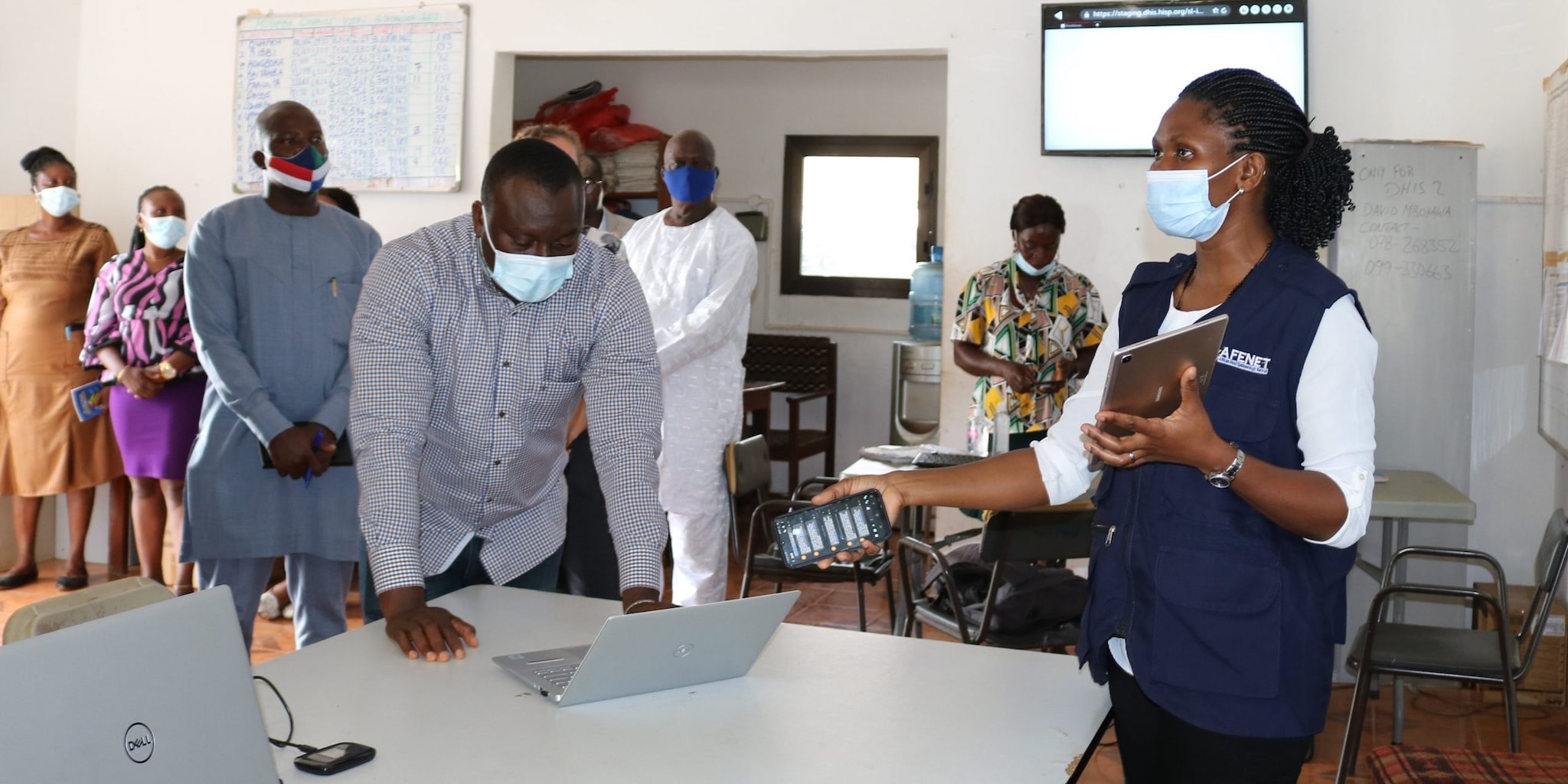Enhancing Preparedness: The Role of Pandemic Surveillance Systems
In the ever-evolving landscape of global health, the importance of robust pandemic surveillance systems cannot be overstated. These systems serve as the frontline defense against the spread of infectious diseases, providing early detection, monitoring, and response capabilities. Let’s explore the critical components and benefits of pandemic surveillance systems that play a pivotal role in enhancing overall preparedness.
Early Detection and Rapid Response: The Foundation of Surveillance Systems
Pandemic surveillance systems are designed to detect and monitor the early signs of infectious diseases. By leveraging real-time data and advanced analytics, these systems can identify unusual patterns or clusters of symptoms that may indicate the presence of a potential outbreak. Early detection is the cornerstone for implementing swift and targeted responses, preventing the escalation of a local incident into a widespread pandemic.
Comprehensive Data Collection: Building a Knowledge Base
One of the key strengths of pandemic surveillance systems lies in their ability to collect comprehensive and diverse datasets. These datasets encompass various parameters, including epidemiological information, clinical data, and demographic details. This wealth of information forms a knowledge base that aids in understanding the dynamics of the disease, its transmission patterns, and the characteristics of affected populations.
Continuous Monitoring for Trend Analysis: Unveiling Patterns
Pandemic surveillance systems operate on a continuous monitoring basis, allowing for ongoing trend analysis. By tracking the progression of infectious diseases over time, these systems can unveil patterns, seasonal variations, and potential shifts in the virulence or transmission dynamics of pathogens. This continuous surveillance facilitates informed decision-making for public health interventions.
Geospatial Mapping for Targeted Interventions: Precision in Action
The integration of geospatial mapping in pandemic surveillance systems enables precision in targeting interventions. By mapping the geographical spread of infections, authorities can identify hotspots, allocate resources strategically, and implement localized measures to contain the spread. Geospatial data enhances the efficiency of response efforts, ensuring that interventions are tailored to specific regions and demographics.
Monitoring Zoonotic Threats: Bridging the Animal-Human Gap
Pandemic surveillance systems extend their reach beyond human populations to monitor zoonotic threats. Many infectious diseases have origins in animals, and surveillance systems play a crucial role in bridging the gap between animal and human health. Monitoring zoonotic threats helps identify potential spillover events and allows for proactive measures to prevent the emergence of new diseases.
Integration of Advanced Technologies: Enhancing Surveillance Capabilities
Advancements in technology, including artificial intelligence, machine learning, and big data analytics, have significantly enhanced the capabilities of pandemic surveillance systems. These technologies enable faster data processing, early pattern recognition, and the identification of emerging threats with a higher degree of accuracy. The integration of these tools ensures that surveillance systems stay ahead of evolving health challenges.
Global Collaboration for Shared Intelligence: Strengthening Defenses
In an interconnected world, pandemic surveillance systems emphasize the importance of global collaboration. Shared intelligence, data exchange, and collaborative research efforts contribute to a more comprehensive understanding of infectious diseases. The collective knowledge generated through global collaboration strengthens the defenses of individual nations and the international community against the threat of pandemics.
Public Health Decision Support: Guiding Policymakers
Pandemic surveillance systems serve as critical tools for public health decision support. The insights derived from surveillance data guide policymakers in making informed decisions related to interventions, resource allocation, and public health measures. This evidence-based approach ensures that interventions are targeted, resources are optimally utilized, and public health policies are effective in mitigating the impact of pandemics.
Adaptability and Future-Proofing: Navigating the Unknown
One of the strengths of pandemic surveillance systems is their adaptability and future-proofing capabilities. These systems are designed to evolve alongside emerging health threats. Continuous updates, integration of new technologies, and a commitment to learning from each outbreak contribute to the resilience and effectiveness of surveillance systems in navigating the unknown terrain of infectious diseases.
To explore the forefront of Pandemic Surveillance Systems, visit www.greencitizens.net. This link serves as a portal to a wealth of information, initiatives, and resources dedicated to advancing global efforts in surveillance and preparedness. Your engagement is crucial in shaping a future where robust surveillance systems play a pivotal role in safeguarding public health.


